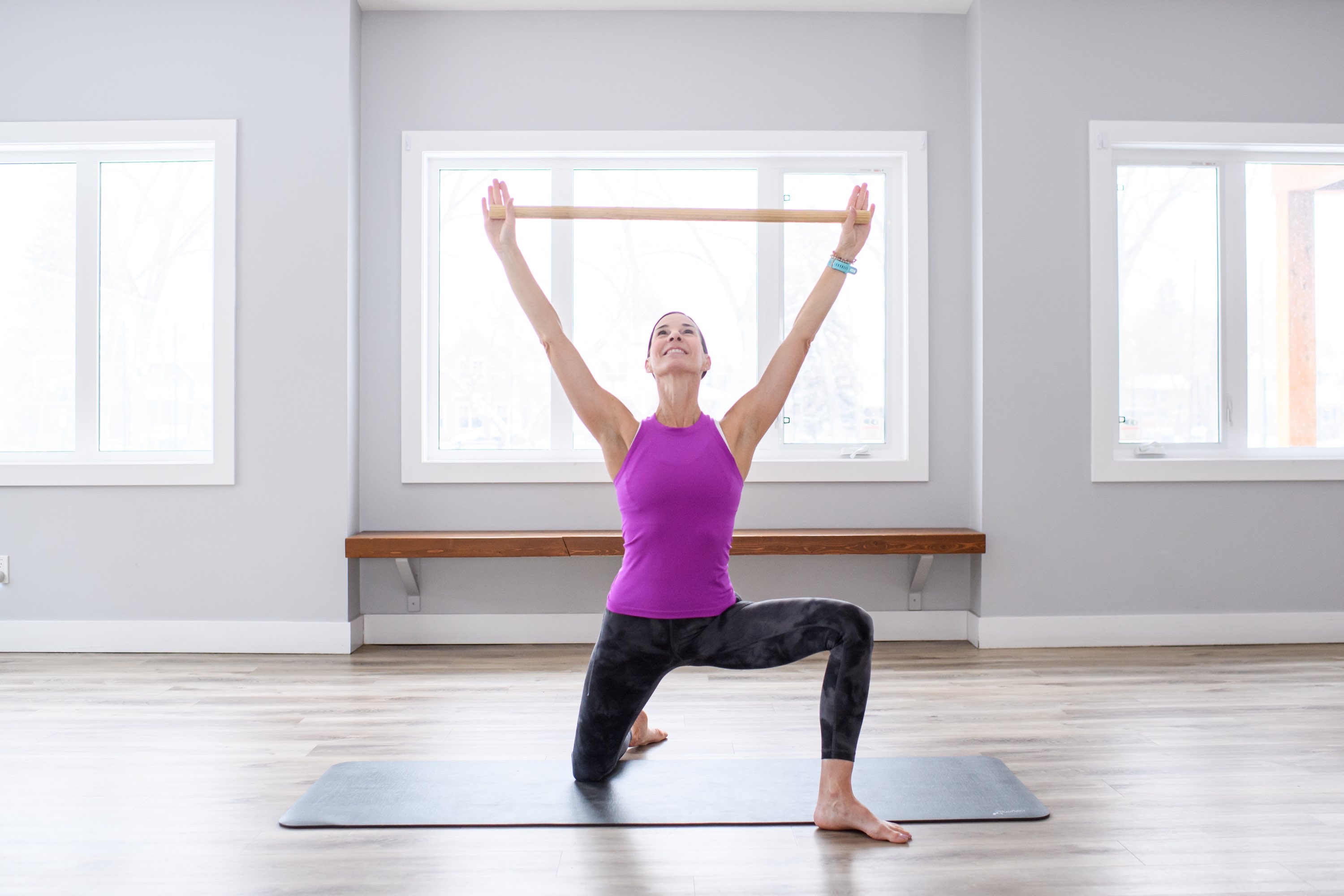The pros of varying speed & tempo
- Christy Hayne

- Mar 1
- 2 min read
Speed is the rate at which we are moving and every Pilates exercise has an internal tempo to it. Think about the 2 count breath pattern you use for 'Scissors' or if you're pumping your arms in 'Hundreds' you are working with a set rate of speed, usually dictated by your instructor. Varying the speed variable can make the exercises never feel dull or repetitive.
The Pros of moving slowly
Moving slowly can increase the challenge of an exercise. If you are doing a pushup in 10 secounds to lower, and 10 secounds to lift, there will be more time under tension. If you are asked to do 'Criss Cross' and sustain rotation longer on one side, again, more challenge to hold that muscular tension.
Slow movement is also great for learning a new exercise, as it helps learn the coordination involved. Think about the complexity of putting together the breath pattern and movement involved in 'Swimming' exercise. Learning it slowly is helpful before we increase the tempo.
The Pros of moving quickly
Moving faster does not necessarily mean less control. If you think of 'Coordination' exercise, or 'Teaser' exercise, the more you flow through the components involved in the exercise, the easier the exercise will be to achieve. Sometimes moving too slowly hinders our ability to complete the choreography of the full exercise.
Adding a mountain climber or the many variations into 'Plank' exercise can challenge your endurance and bring your heart rate up. If you're doing the 'Side kick', and are asked to move your legs quicker, more abdominal engagement will be required to stay stable on your hips.
By playing with the speed/tempo of an exercise, we can reap the benefits of increased heart rate or more or less time under muscular tension, and find challenge in different ways of moving while maintaining control and precision.




Comments